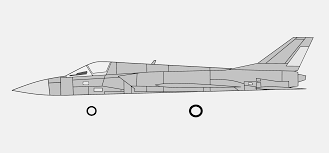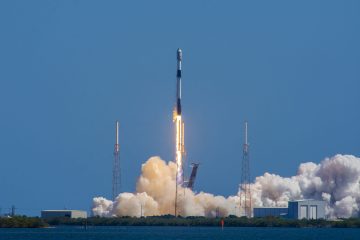The Role and Evolution of Fighter Jets in Modern Warfare

Introduction
Fighter jets have been pivotal in shaping the landscape of modern warfare, serving as a key element in achieving air supremacy and supporting ground forces. With technological advancements, fighter jets are now equipped to engage in diverse combat scenarios, making them indispensable assets for militaries around the world. Their significance continues to grow, especially as geopolitical tensions rise in various regions.
Current Developments
As of 2023, countries are increasingly investing in advanced fighter jet technology, focusing on enhancements in speed, stealth, and multirole capabilities. The United States continues to lead the way with its fifth-generation F-35 Lightning II, known for its stealth features and advanced avionics. Similarly, nations like China and Russia have been developing their own sophisticated aircraft, such as the Chengdu J-20 and the Su-57, which aim to compete on the global stage.
In Europe, joint projects like the Future Combat Air System (FCAS) between France, Germany, and Spain aim to revolutionize the next generation of combat aircraft, incorporating drones and artificial intelligence for enhanced operational effectiveness. These developments reflect an ongoing arms race in aerial capabilities, emphasizing the importance of effective air force capabilities amidst shifting military dynamics.
Recent Events
In response to increasing global tensions, several NATO countries have boosted their fighter jet programs. For instance, the United Kingdom’s Royal Air Force has announced enhancements to its Typhoon jets and the procurement of more F-35s to reinforce its aerial defense strategy. Additionally, regional conflicts, such as the ongoing tensions in Eastern Europe, have underscored the importance of robust air defense mechanisms, leading to increased deployment and readiness of tactical fighter jets.
Conclusion
The evolution of fighter jets reflects not only technological advancements but also changing strategic military needs. As nations continue to prioritize aerial combat capabilities, the importance of fighter jets in ensuring national security and military strength becomes even more pronounced. Observers predict that the future of aerial combat will increasingly involve integrating advanced technologies such as artificial intelligence and autonomous systems into fighter jets. For the civilian population, understanding these developments is crucial as they significantly impact global security politics and the equilibrium of power among nations.









